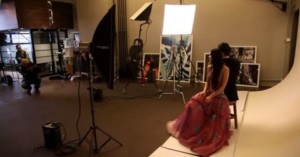
Training a Newbie in One Week to Fake It as a Pro Photographer
Kai Wong over at DigitalRev recently conducted this interesting experiment in which they …

Kai Wong over at DigitalRev recently conducted this interesting experiment in which they …
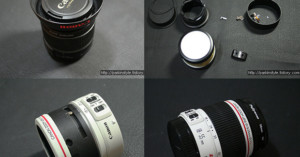
A week ago we published a tongue-in-cheek post on how to improve the quality of your Canon kit lens by painting a red ring around it. While that wasn't intended to be taken seriously, we were pointed to a Korean workshop named Park in Style that actually takes custom lens body work quite seriously. What you see above is a Canon 18-55mm kit lens that they disassembled, painted, and then reassembled to look like a Canon L lens!
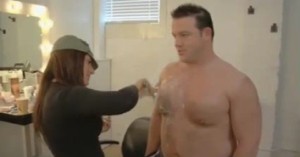
Here's a clip from the bodybuilding documentary "Bigger Faster Stronger” in which photographer Rich Schaff spills the beans on some industry secrets for how those unbelievable before-and-after photos promoting bodybuilding products are made. He shows how both shots can be of the same model on the same day, with various tricks and image manipulations used to achieve the drastic differences you see.
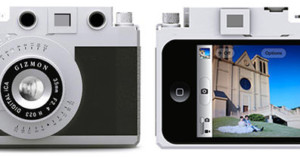
If you thought our Leica iPhone skins are geeky, check out this new case made by the Japanese brand Gizmon. It gives your iPhone a fake rangefinder-style body that isn't entirely useless: the case's shutter button actually takes pictures and the optical viewfinder can be used to compose shots. Additional features include a lens mount, a tripod socket, and camera strap holes.
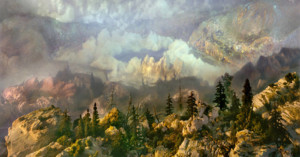
Photographer Kim Keever creates large scale landscape photographs using miniature dioramas. He first creates the topographies inside a 200-gallon tank, and then fills it with water. He then uses various lights, pigments, and backdrops to bring the scenes to life for his large-format camera to capture.
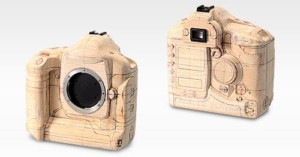
Back in 2003, Canon published a tutorial on how to carve a Canon 1D mockup out of balsa wood.
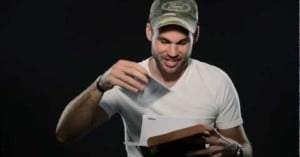
Photographer Lee Morris recently purchased a Nikon MB-D11 battery grip from Amazon.com for …
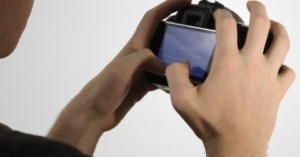
Here’s a bit of photo humor to start off the day: Jeremiah Warren …
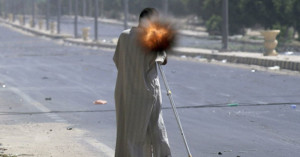
Update: Erin from Reuters contacted us informing us that this is in fact a genuine, non-manipulated photograph. Here's a good explanation of why it's real.
Reuters published the above image as an Editor's Choice photo yesterday, and almost immediately readers began leaving comments questioning whether the photograph was Photoshopped. The debate soon spread to other websites, including Reddit, and it appears that the photographs has since been taken down (though it can still be seen in its original slideshow from last week).
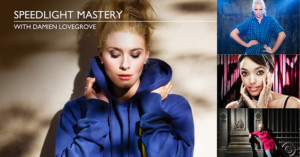
In this video, UK photography instructor Damien Lovegrove demonstrates how you can add …
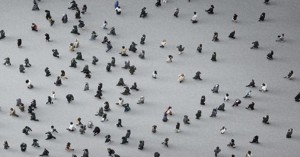
The photographs in Adam Magyar's Square series appear to show crowds of people bustling about in open town squares, seen from a height that makes them look almost like ants. In reality, each photograph is actually a composite of hundreds of individual photos, and none of the squares actually exist. Magyar photographed strangers walking on sidewalks from only 3-4 meters off the ground, and then blended the photographs together to make them seem like they were captured from a fake height!
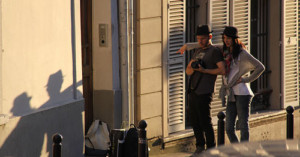
Here's how Urban Dictionary defines 'photographer'.
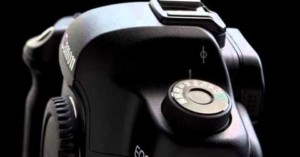
A student in Germany created this fake Canon 5D Mark III commercial for a school project, and fooled quite …
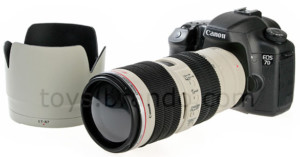
This Canon 7D and 70-200mm combo only costs $36 and helps you save money. How? Well it's actually a fancy piggy bank! Like the Canon 350D and 24-105mm L piggy bank we shared last year, you use this one by shoving coins into the lens.
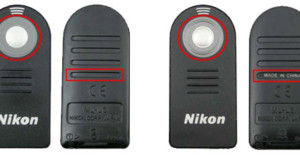
One sad truth about the photo industry is that there's a ton of counterfeit products floating around, and unless you buy directly from a reputable source, it can be difficult to know for sure whether you're getting the real thing. Last month we posted on how up to 1/3 of memory cards labeled "SanDisk" are actually counterfeit. Over on Nikon's website, there's a support page that shows photographs of counterfeit Nikon accessories next to genuine ones, with many of them almost indistinguishable from each other. Some of the counterfeit products are so real-looking that the only difference is a slightly different screw, or a slightly brighter logo.
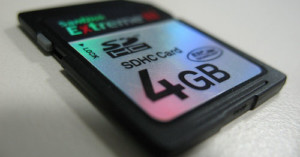
Did you know that a third of the SanDisk memory cards being used on Earth are actually fake? A SanDisk engineer recently shared this startling fact with a reader over at The Online Photographer:
[...] at any given time, approximately a third of the SanDisk memory cards (made by Toshiba) being used out there in the world are counterfeit. As in, not SanDisk memory cards at all—some other kind of cards dressed up as lookalikes.
Thirty percent, was the number quoted. A third, more or less.
To make sure you're getting the real thing, always purchase your memory cards from reputable dealers.
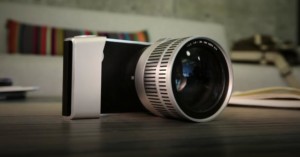
We covered the WVIL (wireless viewfinder interchangeable lens) concept camera at the beginning …
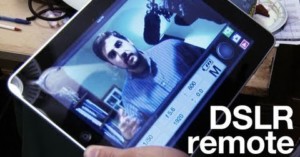
Sure this might be an April Fool’s joke, but it’s also a pretty interesting concept demo. Perhaps this is …
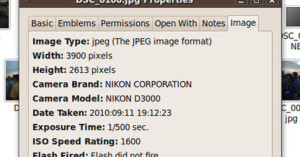
Here’s an interesting snippet from an article published today by David Pogue of …
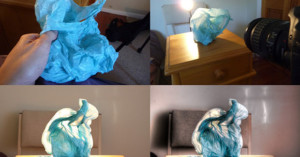
In his series "Elastic" photographer Edi Yang shows that you can fake smoke photography by shooting plastic bags a certain way. What you need is a strong backlight and some post-processing mojo.
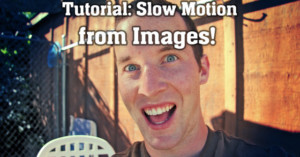
Here’s a quick tutorial on how you can fake a slow motion effect with only still photos using Adobe …
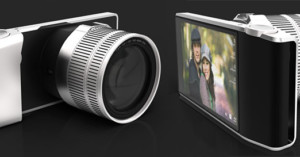
You've probably heard of EVIL cameras already, but how about WVIL? The Wireless Viewfinder Interchangeable Lens is a concept camera design by Seattle-based design firm Artefactgroup. What's novel about the design is that the imaging sensor is situated in the back of the lens rather than in the camera body, allowing the lens to be detached and used apart from the body wirelessly.
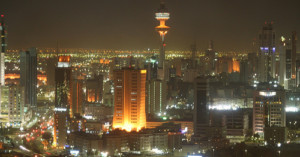
Last week one of the big stories in the world of photography was that Kuwait had banned the use of DSLR cameras in public places. The story originated with an article in the Kuwait Times, and was then widely reported by publications ranging from The Guardian to Amateur Photographer. People were in disbelief that a country would take such an unreasonable stance against a particular camera technology while leaving others legal (e.g. mobile phones, compact cameras, etc...). Turns out the whole thing was a big hoax.
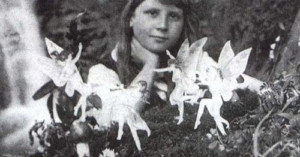
The British Journal of Photography is reporting today that Geoffrey Crawley -- the world-renowned photographer who debunked the Cottingley Fairies hoax in the 1980's -- has died. The hoax began in 1917 when two cousins named Elsie Wright and Frances Griffiths (aged 16 and 10, respectively) claimed to have discovered fairies and, after borrowing a camera, produced photos to prove it. The controversial photographs captured the world's attention for decades and even deceived Sir Arthur Conan Doyle before finally being debunked by Crawley in a series of articles published in the early '80s. In 1983 the cousins admitted that the photos were faked using cardboard cutouts.
It's interesting seeing how little it took to fool people with photographs in the early days of photography.
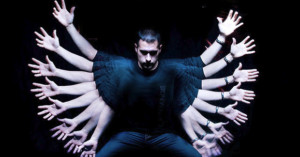
Certain higher end flashes have a strobe (AKA repeating flash) mode that can flash repeatedly, freezing a moving subject in various positions in a single exposure. This tutorial will teach you how to create a similar effect using light painting techniques, resulting in the above photo.

Update on 12/18/21: This video has been removed by ABC Nightline.
Remember the controversy last year surrounding the use of a captive wolf in an award-winning wildlife photograph? Turns out this kind of deception might be common practice in the world of wildlife filmmaking.

Who needs an uber-expensive Phantom camera or fancy slow-mo software when you can fake the effect with dance? This doesn't have anything to do with photo gear or software, but we found it interesting since we've been sharing a lot of slow motion work lately. These are music videos for songs from retired MMA-fighter Genki Sudo's album "World Order". The name of the dance group is "World Order" as well.
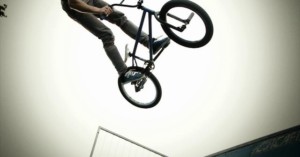
If you don't have the $2,500 needed to rent a Phantom camera for a day but would like to have super slow motion in your videos, you can fake the effect using special software designed for the task. The above video by Oton Bačar was recorded on a Canon 7D at 60 frames per second, but was slowed down to mimic 1000fps in After Effects with Twixtor, a plugin that allows you to speed up or slow down footage smoothly. It uses warping and interpolation to provide smooth results, avoiding the choppiness that you see when you play normal video back in "slow motion".
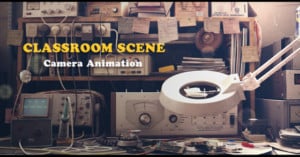
If you were reading PetaPixel earlier this year, you probably remember the jaw-dropping CGI animation titled "The Third & The Seventh". Here's another extremely realistic and detailed computer-generated animation that simulates a camera traveling through a classroom (with lens flares and all). It was created by Israel-based Studio Aiko.